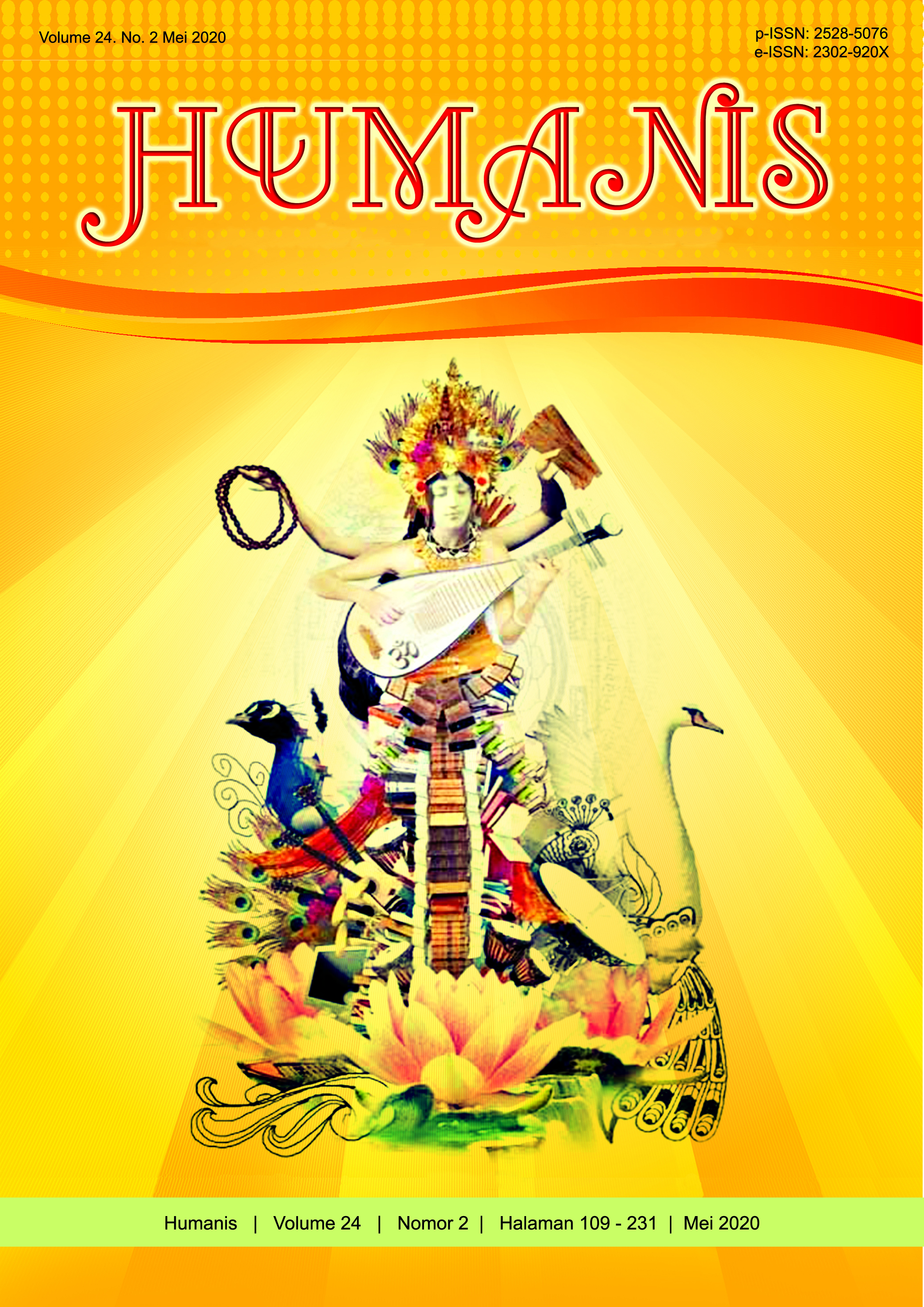Borrowing in The Novel The Hound of The Baskervilleand Its Translation
Abstract
This study is aimed to find out the types of Borrowing that is used in translation of the novel The Hound of the Baskerville and the dominant type of borrowing in used. The data were taken from a novel entitled “The Hound of The Baskervilles” by Sir Arthur Conan Doyle and its translation in Indonesia by Dina Begum. This study used library method to collected the data from the novel. To analyse the data, this study usedqualitative method. As for analysis of data presentation, this study used formal and in-formal method. The finding showed there are two type of borrowing used in the novelthey are Pure Borrowing and Naturalized Borrowing.The dominant type of borrowing is Naturalized Borrowing with 138data.
Downloads
References
Bahumaid, S (2015). Lexical Borrowing: The Case of English Loanwords in Hadhrami Arabic. International Journal of Language and Linguistic.Vol 2, No. 6, Desember, pp13-24.
Doyle, S.A.C. (1901). The Hound of The Baskervilles. London: The Strand Magazine.
Doyle, S.A.C. (1901). Sherlock Holmes &AnjingIblisKeluarga Baskerville.Translated from English by B.Dina. Jakarta Selatan: Visi Media
Elouakili, S (2017). A Linguistic Study of Borrowing in Moroccan Teenage Talk.International Research in Education.Vol 5, No. 1, March, pp162-180.
Grajewska, M.B. (2009). Linguistic Borrowing in the English Language of Economics.Journal in English Lexicology.Vol 3, July, pp207-135.
Hoffer, B.L (2005).Language Borrowing and the Indices of Adaptability and Receptivity.Intercultural Communication Studies.Vol 14, No. 2, pp53-72.
Karuru, D.W (2013). Borrowing and Communication: The Impact of Morphological Adaptation Processes. International Journal of Education and Research.Vol 1, No. 9, September, pp1-14.
Molina, L and Albir, A. H. 2002. Translation Technique Revisited: A Dynamic and Funcsionalis Approach. Spain: UniversitatAutonoma da Barcelona
Okyere, S.M. (2013). Borrowing in Text: A Case of Tanzanian Newspapers. New Media and Mass Communication.Vol 16, pp1-8.
Rao, C.S. (2018). The Significance of the Words Borrowed into English Language. Journal for Research and Proffesionals of English Language Teaching. Issue 6, Vol 2, April, pp1-9.
Ulfah, B (2019). The Analysis of Pure Borrowing Technique in Indonesian Translation of “Does My Head Look Big in This” Novel.Journal of Language and Literature.Vol 13.No. 2, April, pp114-121.
Venuti, L. (1st edition.) (2000). The Translation Studies Reader. Routledge, Abingdon
Winarto, A.B. (2013). Borrowing Words in Newspaper Seputar Indonesia Desember 2009.Al-Turāṡ.Vol. 19 No. 1, Januari, pp119-133.


















